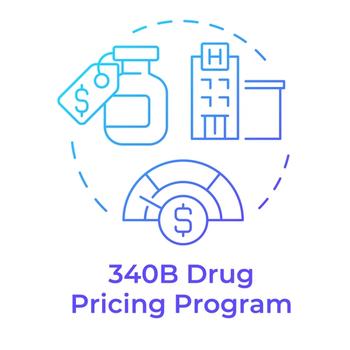
FDA Assigns Action Date for Subcutaneous Opdivo
Bristol Myers Squibb is seeking approval of the subcutaneous formulation for all previous indications of Opdivo. The FDA has assigned a goal date of Dec. 29, 2024.
The FDA has accepted Bristol Myers Squibb’s biologics license application (BLA) for the subcutaneous formulation of Opdivo (nivolumab) co-formulated with Halozyme’s recombinant human hyaluronidase (rHuPH20). Opdivo formulated with Halozyme’s technology allows for subcutaneous administration, or administration under the skin. Currently Opdivo is administered through an IV infusion.
Bristol Myers Squibb is seeking approval of the subcutaneous formulation for all 22 previously approved adult, solid tumor Opdivo indications across multiple cancers. Opdivo IV is approved as a monotherapy, monotherapy maintenance following completion of Opdivo plus Yervoy (ipilimumab) combination therapy, or in combination with chemotherapy or cabozantinib. The FDA has assigned a Prescription Drug User Fee Act (PDUFA) goal date of Dec. 29, 2024 (previously Feb. 28, 2025.)
“If approved by the FDA, the subcutaneous administration of nivolumab would provide patients and their physicians with a new option that delivers the same well-known benefits as IV Opdivo but with the improved convenience of an injection administered in three-to-five minutes rather than a 30-to-60-minute infusion,” Gina Fusaro, Ph.D., vice president, global program lead, Bristol Myers Squibb, said in a
For patients receiving Opdivo 240 mg every two weeks, the
For people with commercial insurance, patients could be eligible for a $0 copay. The copay program has an annual limit. The
For full year 2023, Opdivo
The FDA filing for the subcutaneous version is based on the phase 3 CheckMate -67T open-label study in which subcutaneous Opdivo demonstrated noninferiority to intravenous Opdivo based on two measures: Cavgd28 (time-averaged Opdivo serum concentration over 28 days) and Cminss (trough serum concentration at steady state, a measure in which drug concentrations consistently stay with therapeutic limits).
The study enrolled patients with advanced or metastatic clear cell renal cell carcinoma (ccRCC) who had received prior systemic therapy. Renal cell carcinoma is the most common type of kidney cancer in adults, accounting for more than 431,000 new cases and 179,000 deaths worldwide each year. In the study, 242 patients were enrolled to receive the subcutaneous formulation and 245 patients received the IV formulation.
Additionally, subcutaneous Opdivo showed noninferiority of the key secondary endpoint of objective response rate (ORR) compared with intravenous Opdivo. The objective response rate in the subcutaneous arm was 24.2% compared with 18.2% in the IV arm. The median progression free survival rate was 7.23 months with the subcutaneous Opdivo versus 5,65 months with the IV formulation.
The safety profile was consistent with both formulations.
These
“Having the option to administer immunotherapy subcutaneously could undoubtedly reduce the treatment burden that patients diagnosed with cancer currently face, as well as help maximize efficiencies within healthcare systems,” Saby George, M.D., F.A.C.P., professor of Oncology and Medicine, director of Network Clinical Trials, Department of Medicine, Roswell Park Comprehensive Cancer Center, said in a
Newsletter
Get the latest industry news, event updates, and more from Managed healthcare Executive.




















































